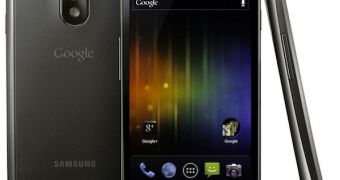One of the features that the new Samsung GALAXY Nexus smartphone arrives on shelves with is a barometer which, according to Google
, should prove more than useful in many situations.
According to Android Engineer Dan Morrill, the main reason for the inclusion of this component inside smartphones was to make GPS locking faster.
“The primary purpose of the barometer is (at least, I've been told) to make GPS lockons faster,” he explains on Google+.
“Locking on to a GPS involves numerically solving a 4-dimensional set of linear equations -- 3 dimensions in space, and time. (Yes, you get accurate time for free if you lock on to GPS.) Because of the way GPS works, this can take a few minutes.”
He also explains that, when it comes to GPS locking, a preliminary estimation of user's location will speed up things a bit.
“This is why "aGPS" (assisted GPS) services are so popular: by starting with a rough city-level coordinate fix through something like cell-tower network location, you can reduce the amount of math you have to do to lock on. This is where the barometer comes in,” he notes.
The three space dimensions that are being taken into consideration when it comes to determining position are latitude, longitude and altitude, and the barometer is meant to offer info on the last parameter.
“The barometer gives you a reasonable first-cut estimate for altitude. This gives you a bit of a leg up on one of the dimensions -- especially combined with "2D" aGPS -- which can help speed up lock-on in general,” Dan Morrill explains.
At the same time, he notes that the new internal circuity can be used for other actions as well, including the determination of atmospheric pressure.
Moreover, he says that the GALAXY Nexus smartphone is not the first Android device to pack a barometer, and that the Motorola XOOM tablet PC also has one.

 14 DAY TRIAL //
14 DAY TRIAL //